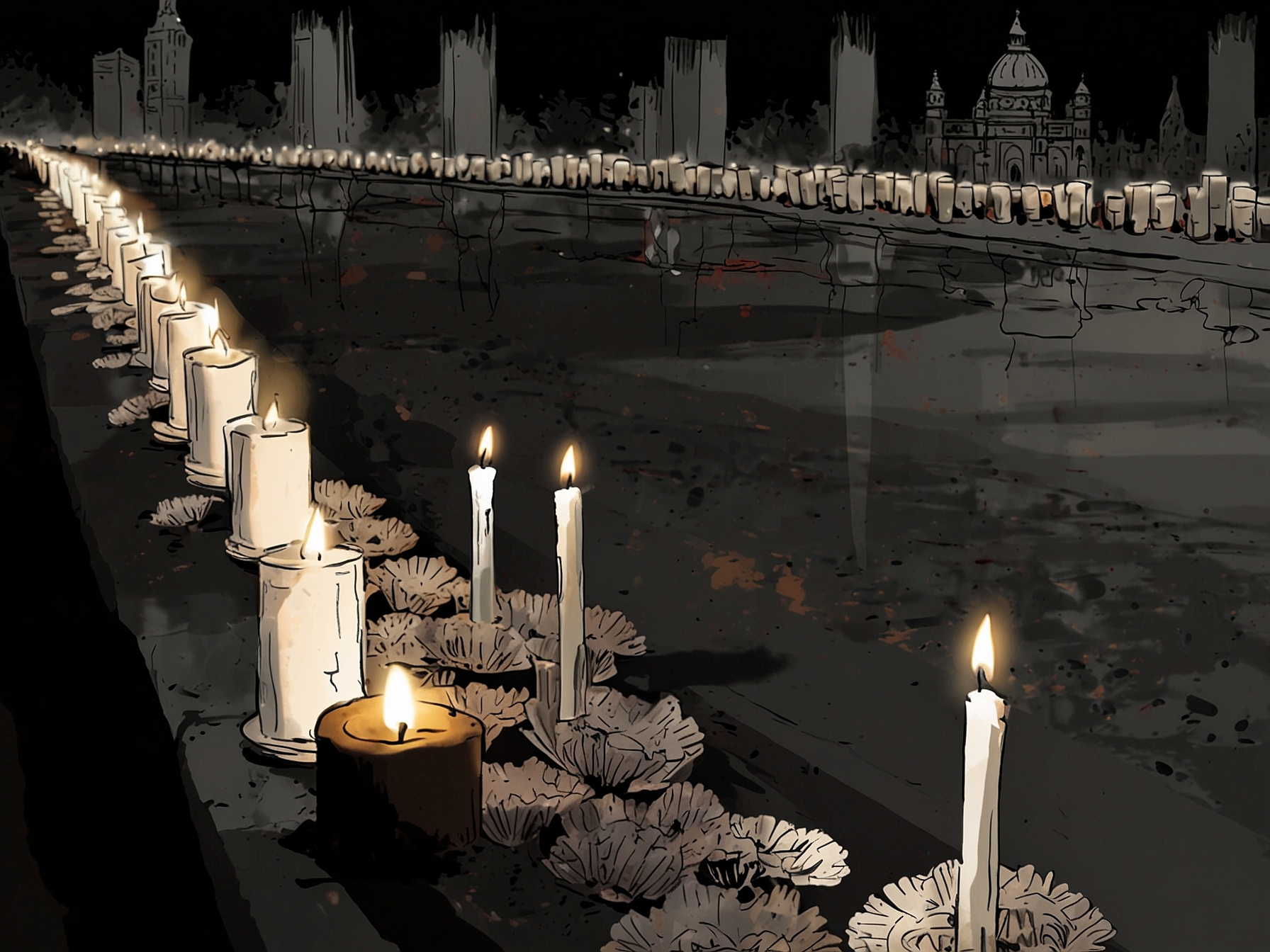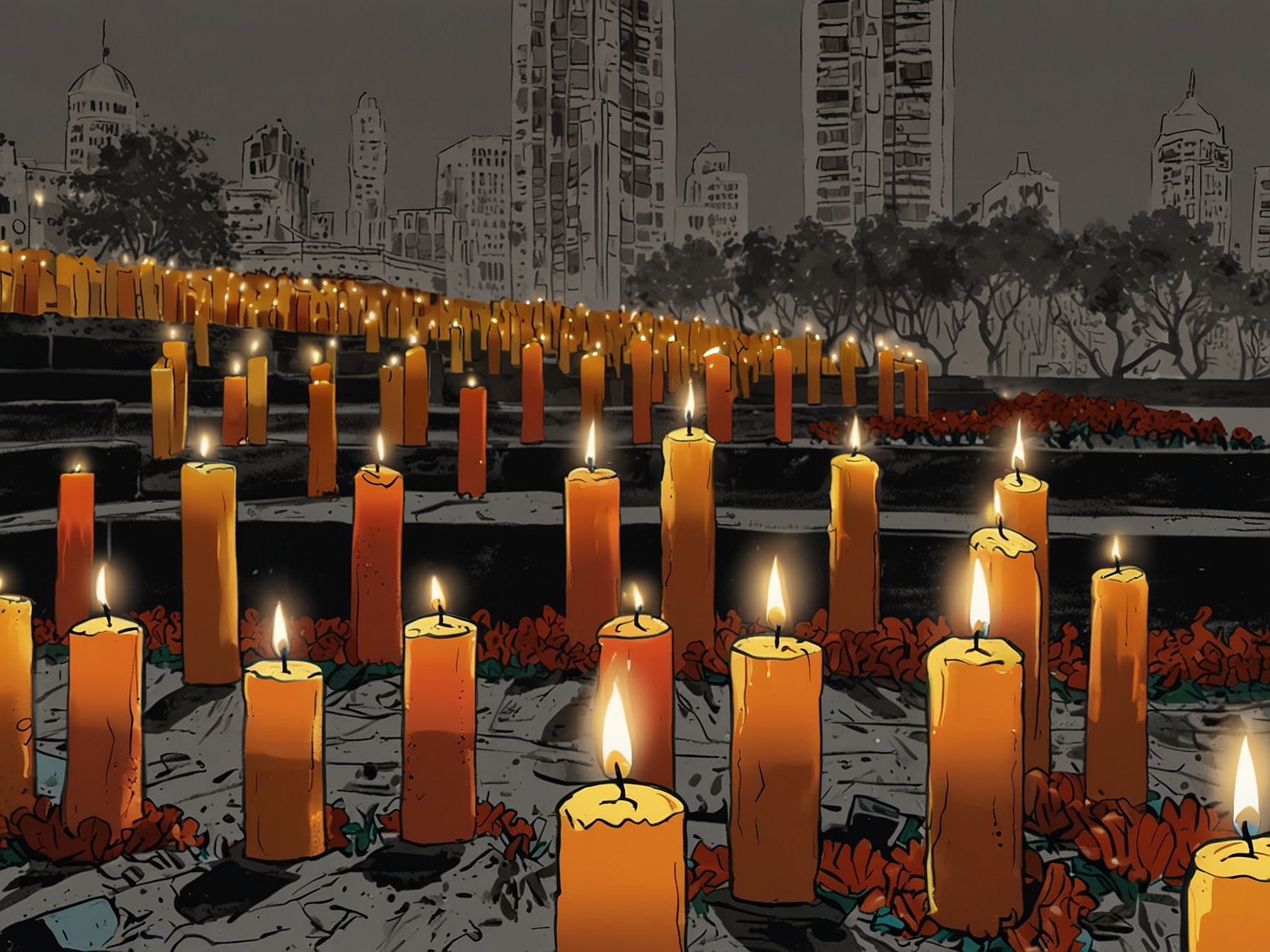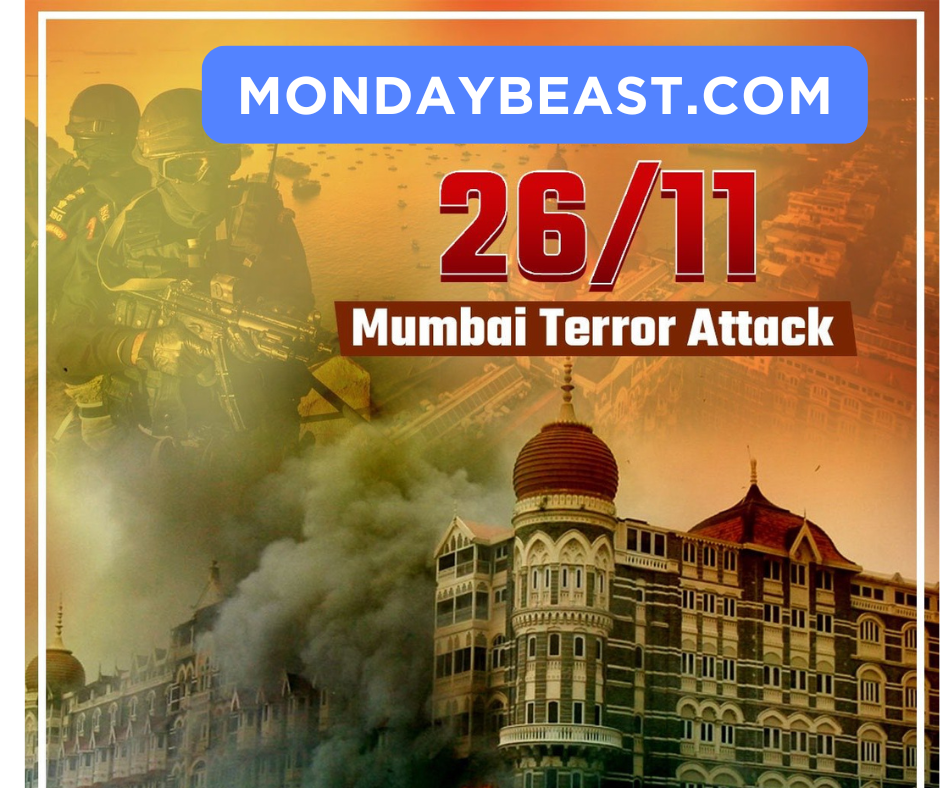The memory of the 26/11 Mumbai attacks looms large. Sixteen years have passed since that harrowing event, yet the pain feels fresh. How could such barbarity happen in a city that never sleeps?
On November 26, 2008, Mumbai witnessed one of the most devastating terror attacks in India’s history. Ten men from the Pakistan-based group Lashkar-e-Taiba infiltrated the bustling city. They attacked landmarks like the Taj Mahal Palace Hotel and the CST Railway Station.

In those chilling moments, chaos reigned. Gunfire erupted. The city, known for its vibrancy, transformed into a scene of horror. Fueled by automatic weapons and grenades, the terrorists spread panic and despair. Imagine being caught in a café, unaware that danger was waiting just outside.
The attacks lasted almost four days. Authorities struggled to contain the assault. Security forces faced a tremendous challenge as they worked to rescue hostages and neutralize threats. Picture the fear among families, waiting desperately for news about their loved ones. It was heartbreak on an unprecedented scale.
Ultimately, the tragic toll was staggering — 166 lives lost, 300 injured. Among them were innocents and first responders who bravely faced the attackers. Remembering these names and stories isn’t just an exercise in history; it’s essential to honor their sacrifice.

As we reflect, it’s vital to understand the broader implications of the event. What did 26/11 teach us about our vulnerabilities? The attacks exposed considerable weaknesses in India’s security infrastructure. The nation was rattled, demanding urgent reforms. It was a call to action that could not be ignored.
In the aftermath, the Indian government launched foundational changes. Establishing the National Investigation Agency (NIA) marked a pivot in counterterrorism strategies. The world watched as India vowed to strengthen its defenses. But was this enough?
Police arrested key figures linked to the attackers shortly after. Some, like David Headley, played terrifying roles in planning the chaos. Others, like Ajmal Kasab, faced justice in a prolonged court process. Yet, do we understand the real reasons behind how these plots materialize?

Comparisons to the September 11 attacks surfaced globally. Both tragedies highlighted severe lapses in national security. Were economic costs and security measures weighed correctly? The fear transcended borders, sparking calls for improved international cooperation against terror.
The legacy of 26/11 isn’t just in remembrance. It’s also a reminder of the importance of vigilance. How have we adapted since then? What lessons can we take to ensure safety and security moving forward?
The conversation must thrive. Curriculums and community outreach programs could help foster understanding and resilience. Each one of us has a role in combating hatred and promoting peace. The price for ignorance can be unthinkable, as history has shown.
So, let’s commit to remembering the victims of 26/11. Their stories deserve to be shared and honored. As the years go by, we must stay vigilant—not out of fear, but out of respect for their memory and a belief in a safer future.




